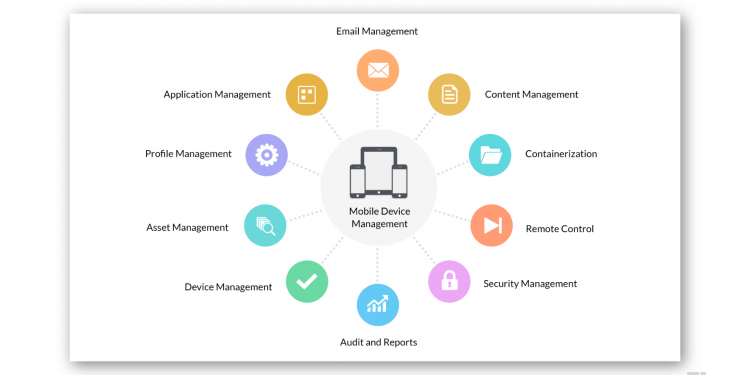Etsy has firmly established itself as a dynamic force in the ever-evolving landscape of online commerce, providing a robust platform for creative entrepreneurs to showcase and market their unique products. Small business owners navigating the complexities of Etsy shop management understand the paramount importance of efficient financial management for sustained growth. Recognizing this need for a reliable financial tool, the integration of Etsy with QuickBooks emerges as a transformative solution. This comprehensive guide not only explores the myriad benefits of Etsy QuickBooks integration but also provides a detailed walkthrough of the process. Additionally, it offers invaluable insights into key survey questions, empowering entrepreneurs to make well-informed decisions as they navigate this pivotal crossroads in their business journey.
The Power of Etsy QuickBooks Integration
Automated Bookkeeping:
One of the primary advantages of Etsy QuickBooks integration is the automation of bookkeeping tasks. Sales, fees, and expenses from your Etsy shop can be seamlessly imported into QuickBooks, eliminating the need for manual data entry. This not only saves time but also reduces the risk of errors, ensuring accurate financial records.
Real-time Financial Insights:
QuickBooks provides real-time financial insights into your Etsy business. By integrating the two platforms, you gain a comprehensive view of your income, expenses, and profits. This visibility is essential for making informed business decisions and strategizing for future growth.
Tax Compliance Made Easy:
Etsy QuickBooks integration simplifies the tax preparation process. It categorizes transactions, tracks deductible expenses, and generates detailed financial reports. This not only facilitates accurate tax filings but also helps you maximize deductions and minimize liabilities.
Inventory Management:
Efficient inventory management is critical for Etsy sellers. QuickBooks integration allows you to sync your Etsy inventory with QuickBooks, ensuring that your product quantities and prices are always up to date. This prevents overselling, avoids discrepancies, and enhances overall operational efficiency.
How to Integrate Etsy with QuickBooks
After understanding the benefits of Etsy Quickbooks, you must understand how to integrate them for effective business growth.
The process of integrating Etsy with QuickBooks is straightforward, but it requires careful attention to detail. Here’s a step-by-step guide:
Step 1: Choose the Right QuickBooks Plan:
Before integration, ensure you have a QuickBooks plan that aligns with your business needs. QuickBooks Online is a popular choice for its accessibility and cloud-based features.
Step 2: Connect Etsy to QuickBooks:
- Log in to your Etsy account.
- Go to ‘Shop Manager’ and select ‘Settings.’
- Click on ‘Options’ and choose ‘Download Data.’
- In QuickBooks, select ‘Connect to Etsy’ and follow the prompts to authorize the integration.
Step 3: Map Your Accounts:
- Review and map your Etsy accounts to corresponding accounts in QuickBooks using efficient feedback tools.
- Ensure that revenue, fees, and expenses are properly categorized.
Step 4: Sync Your Data:
- Initiate the data sync to import your Etsy transactions into QuickBooks.
- Verify the accuracy of the imported data and make any necessary adjustments.
Survey Questions to Consider
Before embarking on Etsy QuickBooks integration, it’s essential to assess your business needs and preferences. Here are key survey questions to guide your decision-making process:
Integration Goals:
First and foremost, you must identify and ask what specific goals do you aim to achieve with Etsy QuickBooks integration? (e.g., time savings, accurate financial reporting, tax compliance)
Business Size and Complexity:
Next, consider – How large and complex is your Etsy business? (e.g., number of products, transaction volume).
Budget Considerations:
What is your budget for accounting and bookkeeping tools? (Consider both QuickBooks and potential third-party apps.)
User-Friendliness:
How comfortable are you with using accounting software? (Consider the learning curve associated with QuickBooks.)
Additional Features:
Are there specific features beyond basic bookkeeping that you require? (e.g., advanced reporting, multi-currency support)
Conclusion
In conclusion, integrating Etsy with QuickBooks can be a game-changer for small businesses seeking efficient financial management. By automating bookkeeping tasks, gaining real-time insights, and ensuring tax compliance, this integration empowers Etsy sellers to focus more on their creative pursuits.
Just remember that before making this important decision, carefully consider your business needs and preferences through the survey questions provided. Only with the right integration strategy, you can elevate your Etsy business to new heights of financial efficiency and success.
Follow Techdee for more!





